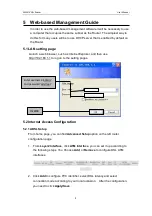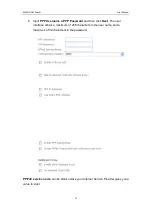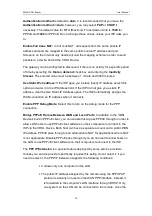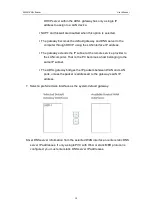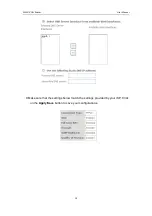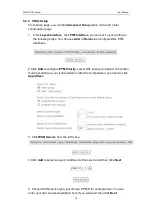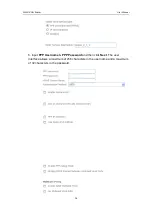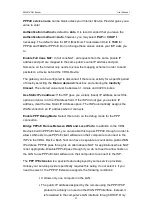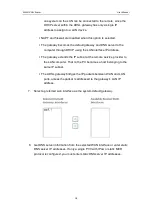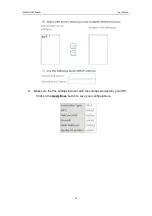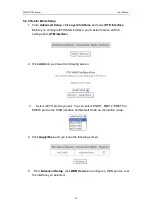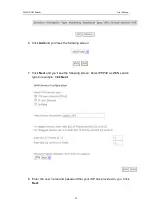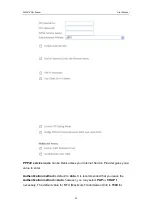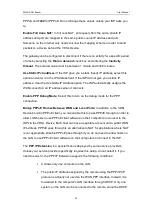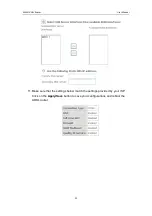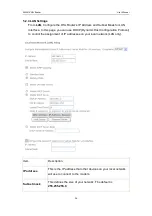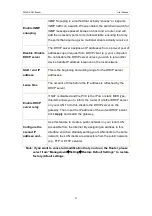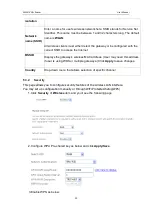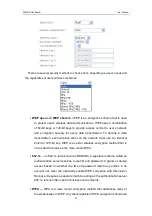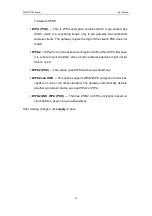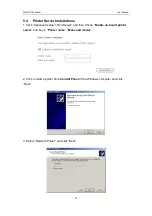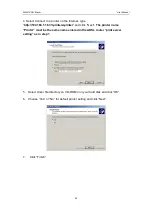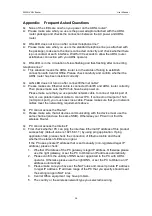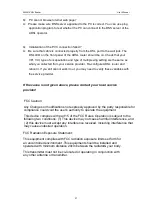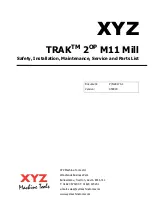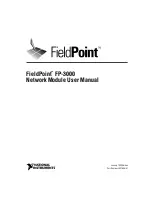
WLAN VDSL Router
User Manual
23
PPPoA and
1492
for PPPoE. Do not change these values unless your ISP asks you
to.
Enable Full Cone NAT:
In full cone NAT, all requests from the same private IP
address and port are mapped to the same public source IP address and port.
Someone on the Internet only needs to know the mapping scheme in order to send
packets to a device behind the VDSL Device.
The gateway can be configured to disconnect if there is no activity for a specific period
of time by selecting the
Dial on demand
check box and entering the
Inactivity
timeout
. The entered value must be between 1 minute and 4320 minutes.
Use Static IPv4 address:
If the ISP gave you a static (fixed) IP address, select this
option and enter it in the IP Address field. If the ISP did not give you a static IP
address, clear the Use Static IP Address option. The ISP automatically assigns the
WAN connection an IP address when it connects.
Enable PPP Debug Mode:
Select this to turn on the debug mode for the PPP
connection.
Bridge PPPoE Frames Between WAN and Local Ports:
In addition to the VDSL
Device's built-in PPPoE client, you can enable this to pass PPPoE through in order to
allow LAN hosts to use PPPoE client software on their computers to connect to the
ISP via the VDSL Device. Each host can have a separate account and a public WAN
IP address. PPPoE pass through is an alternative to NAT for applications where NAT
is not appropriate. Disable PPPoE pass through if you do not need to allow hosts on
the LAN to use PPPoE client software on their computers to connect to the ISP.
The
PPP IP Extension
is a special feature deployed by some service providers.
Unless your service provider specifically requires this setup, do not select it. If you
need to select it, the PPP IP Extension supports the following conditions:
It allows only one computer on the LAN.
The public IP address assigned by the remote using the PPP/IPCP
protocol is actually not used on the WAN PPP interface. Instead, it is
forwarded to the computer's LAN interface through DHCP. Only one
system on the LAN can be connected to the remote, since the DHCP

